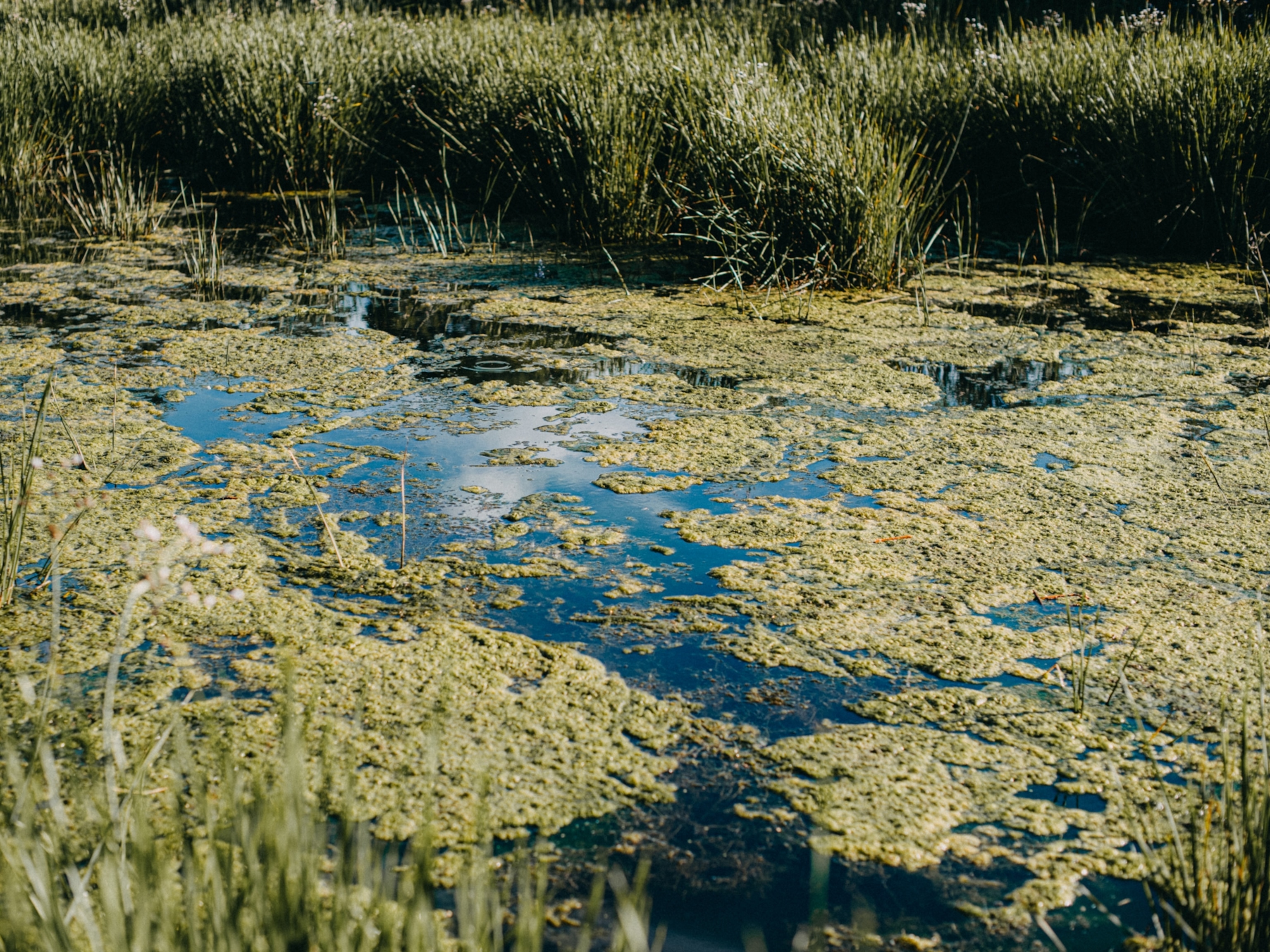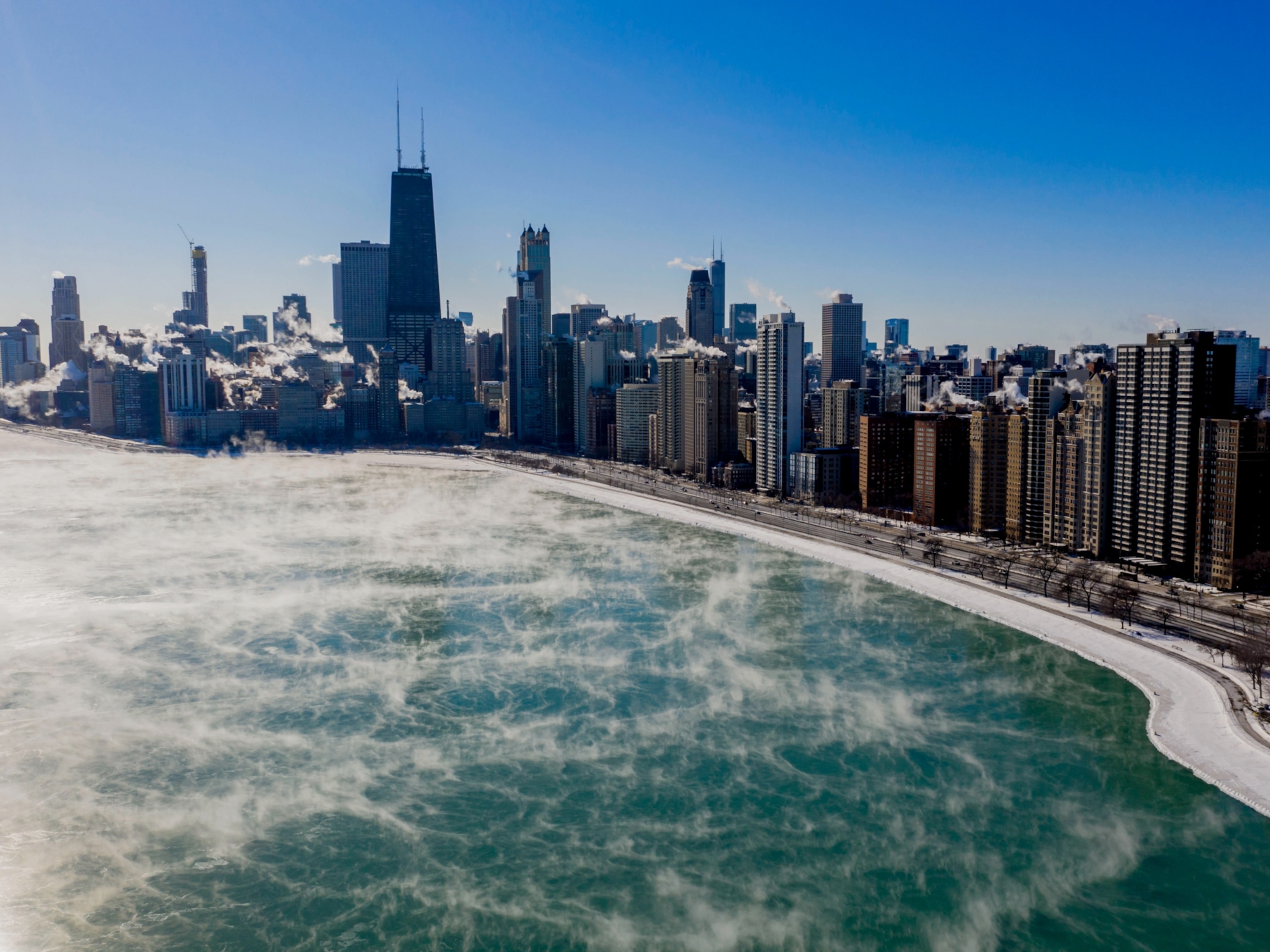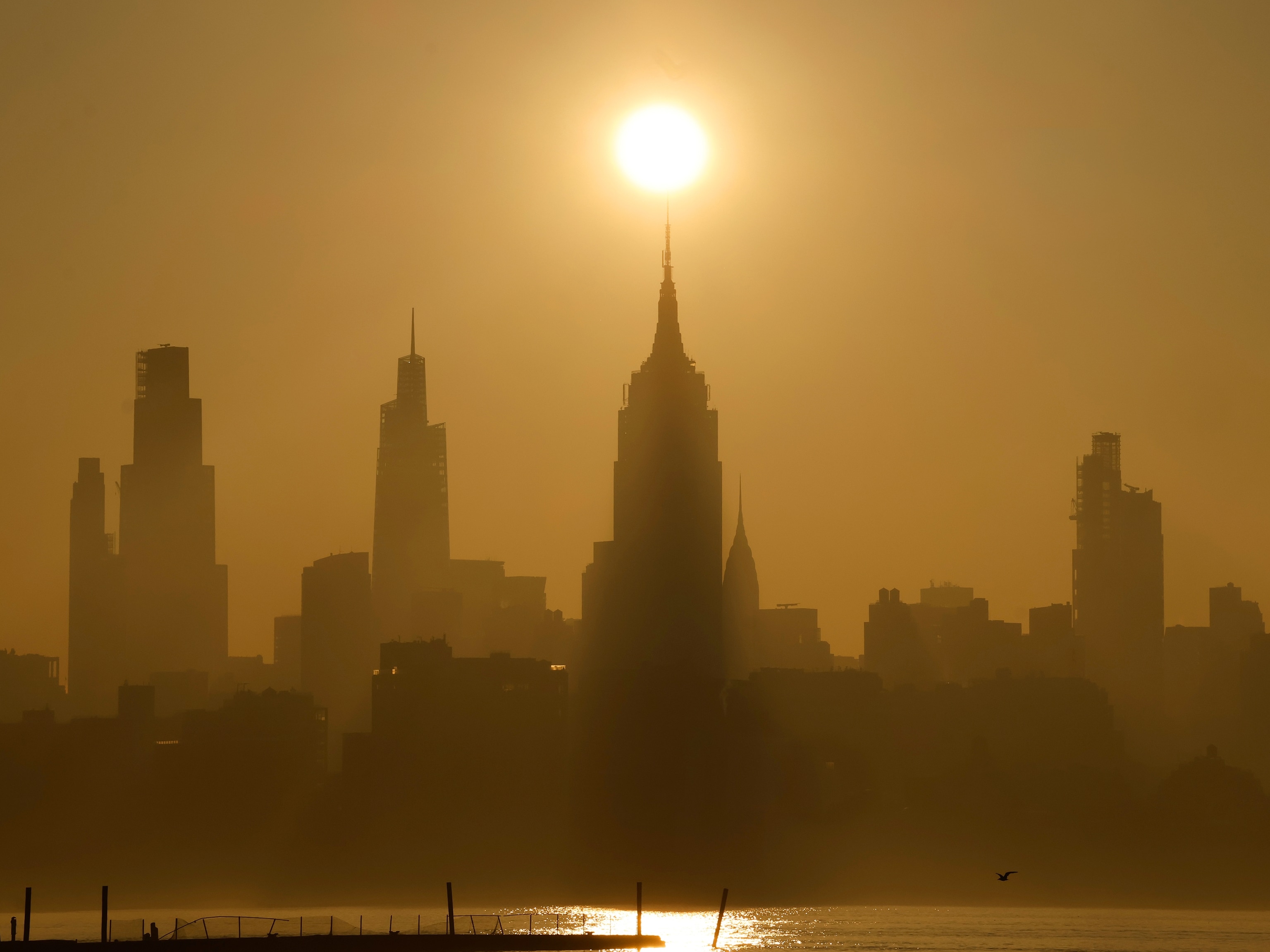
Short Life of British Mayfly Halved by Climate Change
New research suggests that mayflies in a U.K. trout river are getting through their life cycle in double-quick time in response to warming temperatures.
This story is part of a special National Geographic News series on global water issues.
Already known for its brief adult existence—a mayfly commonly dies within hours of becoming airborne—the insect’s life cycle is being accelerated by rising temperatures, according to findings from a river immortalized by Izaak Walton in The Compleat Angler.
A five-year study on the River Dove in northern England found that Ephemera danica—a species known simply as the mayfly or green drake—is reaching maturity in one year instead of two.
This switch to a one-year life cycle “started after 2007 and was almost complete by 2011,” said Nick Everall of Aquascience, the environmental services contractor that carried out the study.
Mayflies spend most of their lives as aquatic larvae or nymphs, yet the period it takes before they emerge en masse as winged adults can vary significantly.
In the case of the study population, Everall links the insects’ dramatically accelerated development to rising water temperatures caused by climate change. Average river temperatures in the Dove catchment area have risen about 1ºC in the past 20 years, while average summer river temperatures have climbed by one to two degrees Celsius, the researcher noted.
Everall suspects that warmer waters have triggered the mayfly growth spurt by speeding up the insects’ metabolism. “They’ll grow faster because they feed at a greater rate, and there’s often more food around at warmer temperatures in terms of algal growth and that kind of thing,” he said.
In addition, there’s an increased danger of water temperatures in summer getting too warm for the mayflies’ eggs, “so they have to complete their life cycle as early as they can,” Everall said.
As a consequence, the adult mayflies have gotten noticeably smaller: Females are now on average eight to ten millimeters smaller than they were before 2008, Everall reported.
‘Serious Implications’
Everall warns these changes could have serious implications for the population.
First, one-year generation females “carry about 50 percent of the eggs that the larger females would when they’re allowed a two-year developmental cycle,” Everall said.
Second, there is no longer an insurance policy against a poor mayfly hatch caused by bad weather, when the adults can be blown off the river and miss their brief opportunity to reproduce.
“Normally, nature compensates for that by the fact they have two bites at the cherry—they’ve got another generation coming through,” Everall said. “Here, they won’t do.”
Steve Ormerod of Cardiff University’s School of Biosciences said the Dove findings are extremely interesting but are not easy to interpret, especially given the relatively short study period of five years. Ormerod’s own research into climate change impacts on mayfly species and other stream-dwelling bugs in the uplands of central Wales covers a period of more than 25 years.
“We’ve seen a very marked reduction in the overall abundance of invertebrates in springs following warmer winters,” Ormerod said. “We’re still trying to nail exactly what the mechanism is,” he added. “We know something is going on but we don’t exactly know what process is driving it.”
Ormerod’s studies link a 50 percent reduction in salmon and trout populations in the River Wye over the past 20 years to climate warming, but in that case, “reductions are most pronounced immediately following hot, dry summers.”
While there is clear evidence that climate change is affecting rivers globally, understanding its ecological impacts, and then isolating those effects from other factors such as pollution or land use change, is very difficult, Ormerod stressed.
“Mayflies are hugely important not only for fish but birds like grey wagtails almost certainly tie their breeding season to Ephemera danica [the birds’ busiest chick-feeding period appears timed to coincide with the mayfly hatch],” he said.
Anglers’ Reports
The River Dove study was prompted following reports from trout fishers that the mayflies they were matching their flies to were getting smaller. Anglers’ observations are collected as part of a national mayfly-recording scheme run by Craig Macadam of Buglife, a UK conservation organization devoted to insects and other invertebrates.
Macadam said the database highlights other mayfly species “that are definitely reacting to climate change.” For instance, the larva of the blue-winged olive mayfly has been found overwintering in southern rivers, whereas previously it didn’t hatch from its eggs until the following spring. There is also anecdotal evidence of this species now managing two complete generations per year in some rivers.
Meanwhile, the upland summer mayfly is almost certainly losing out to warming waters, according to Macadam. “This is the only arctic-alpine relict mayfly species found in the UK and appears to be retreating to higher altitudes as water temperatures increase,” he said. [A relict species is one that used to be abundant but now only occurs in a few areas.] “We’ve been working on this species for a while now and there are sites where this species was once known that it has since been lost from.”
Maybe mayfly species more tolerant of warmer waters could make up for those evicted by the effects of climate change, but Cardiff University’s Ormerod is doubtful. Of his upland stream study in Wales, Ormerod said: “We had at higher temperature a faster disappearance of species than we had reappearance of new species—in other words, there was a net loss of richness as a consequence of temperature changing.”
Mayflies that are tolerant of warmer rivers probably aren’t adapted to fast-flowing, upland environments, he added.
Aquascience’s Everall refers to mayflies as river “sentinels” that serve as bioindicators of environmental changes. Ormerod said paying attention to the insects is important because, “We’ve been fabulously good at recognizing the importance of terrestrial landscapes but not so good at recognizing the importance of freshwaters in general.”
Related stories:
Dramatic Climate Change Photos








